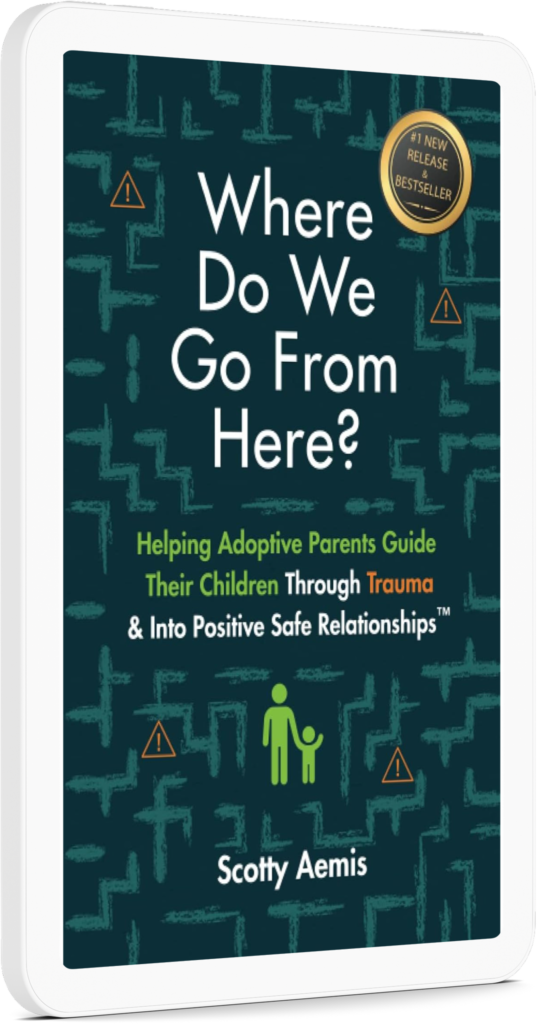The Benefits of Play Therapy for Healing Childhood Trauma
Childhood trauma leaves a lasting mark on a person. It affects their relationships, behavior, and mental health. It can also contribute to the development of conditions such as anxiety and depression. But with the right kind of treatment, it is possible to heal from childhood trauma. For children, talking to a therapist about what is bothering them may not be possible and that is where play therapy can help.
Who Benefits from Play Therapy?
Play therapy isn’t just for kids with trauma, but it is certainly a great form of therapy for children who have experienced a range of traumatic events, including abuse, neglect, violence, loss, and even natural disasters.
Play therapy also benefits children who struggle to express themselves emotionally. Play therapy is non-verbal, allowing children to express themselves through play and other creative activities.
If your child has difficulty regulating their emotions, no matter the reason why, or needs to develop coping skills due to stress, play therapy helps children identify their feelings and how to regulate those emotions by learning coping mechanisms.
What is Play Therapy and Its Benefits?
For kids, play therapy can be a helpful approach for working through trauma. It offers a safe and supportive environment for them to process their experiences, feelings, and fears without judgment.
Trauma-informed play, in particular, is an approach that recognizes the impact of trauma on a child’s development, and gives children a safe space to explore those experiences. Children can re-enact traumatic events in a controlled and safe way, helping them to make sense of their experiences. Because play therapy promotes feelings of safety, this can further help to reduce overall feelings of anxiety and fear in your child with trauma.
Play therapy also allows children to express themselves non-verbally with toys, drawings, and other creative activities. This can be particularly helpful when a child may not be able to articulate their feelings through words.
Through play therapy, children can learn and practice coping strategies, such as problem solving, emotional regulation, and building resilience. As your child develops more and more coping strategies, you’ll see improved emotional regulation.
Play therapy also gives kids with trauma a chance to regain a sense of control and mastery, a feeling which is often disrupted by traumatic experiences. This is because your child is in control of their play during sessions.
Finally, play therapy also helps children to re-build positive relationships. Play therapy offers an opportunity for children to build a trusting relationship with their therapist and enjoy a sense of safety, which is essential for healing from trauma.
It’s important to note that there are always risks with trying new techniques and therapies for healing childhood trauma. There is a risk of experiencing post-traumatic play. However, when done well, play therapy can greatly help children with trauma. It does require your child feeling safe, feeling like they are in control and can express themselves, sessions being well facilitated, and feeling satisfied with the ending of the play.
Some Examples of Play Therapy Techniques
There are many different ways your child can “play to heal.” Here are just some techniques play therapists use to help your child heal:
- Storytelling and role playing, where children create stories or role-play scenarios related to their trauma, to help them process their experiences.
- Make believe, where children use fantasies to explore their feelings, which is a good way to express difficult emotions and experiences.
- Art therapy, where children use paints or crayons to express their emotions through visual representation.
There are many more techniques that your child’s play therapist can use to help your child process their emotions and experiences in a safe and non-judgmental environment. If you are interested in learning more about play therapy for trauma and if it is right for your child, speak with your child’s doctor.


